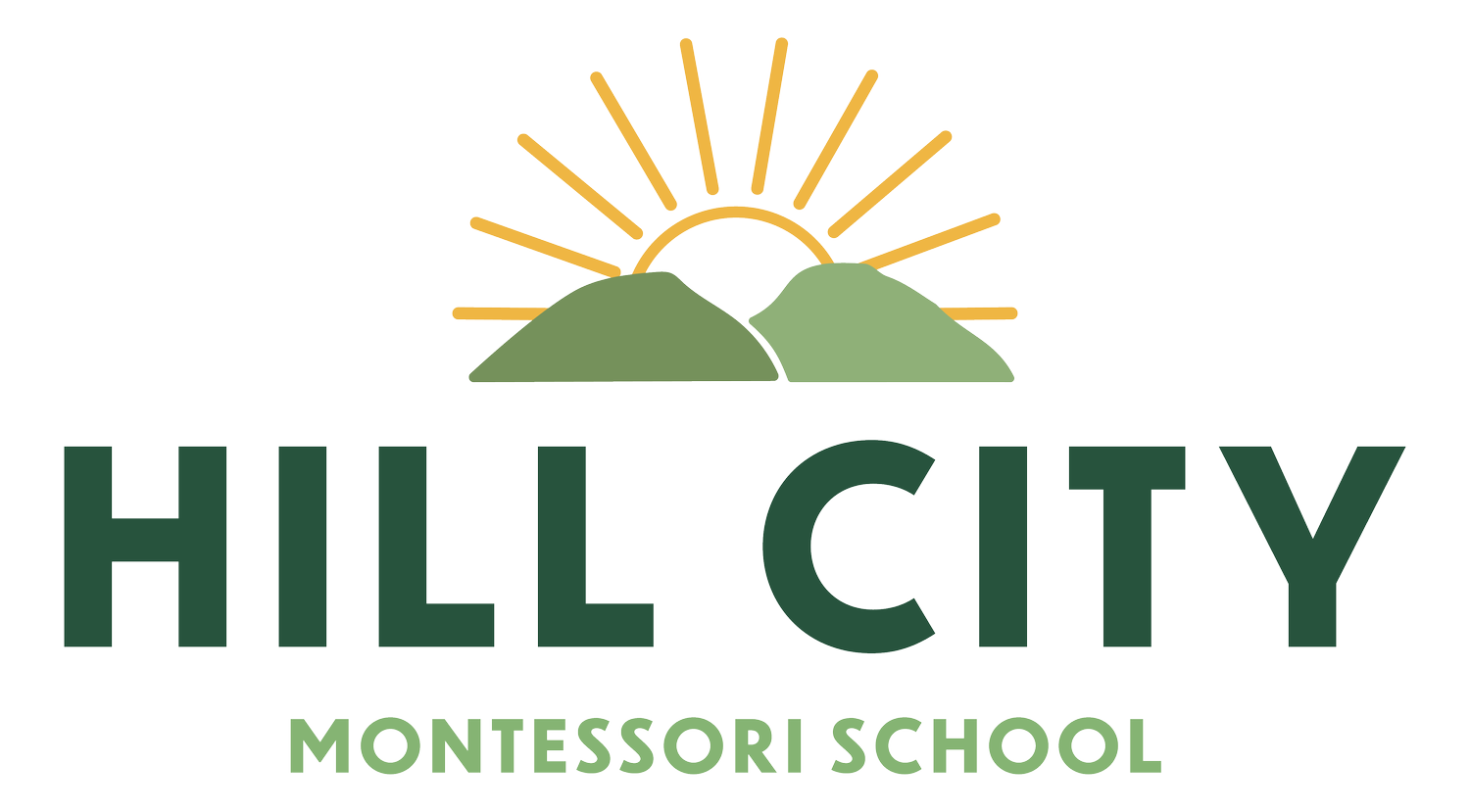An Introduction to Montessori Elementary
“There is a plan to which the whole universe is subject. All things, animate and inanimate, are subordinated to that plan. There are also patterns for all species of living and non-living things. These patterns fall in line with the universal plan.”
-Maria Montessori, What You Should Know About Your Child
Cosmic Education is the heart of the elementary classroom in a Montessori school. Maria Montessori believed that all things in the world are connected through “the Cosmic Plan in which all, consciously or unconsciously, serve the great Purpose of Life.” Within that Cosmic Plan, each individual has a Cosmic Task, or a way to contribute to the world around them. Thus, the Cosmic Curriculum was developed in order to help children ponder their Cosmic Task, by asking the question, Who Am I? In order to discover who they are, a child must know the answers to both Where do I come from? and Where am I going?
The child will seek their identity and role as a member of our human species and as an individual. As children enter the 2nd plane of development they are developmentally primed to begin asking these questions. Cosmic Education is designed to meet the developmental needs of the 2nd plane child.
The Montessori elementary curriculum is very much rooted in story-telling. The idea is to excite, invite, and engage the child’s imagination.
“The secret to good teaching is to regard the child’s intelligence as a fertile field in which seeds may be sown, to grow under the heat of flaming imagination.” Maria Montessori
All of the subject areas of the classroom are ‘unlocked’ by the telling of the 5 Great Lessons, which are taught through storytelling. These lessons include:
The Story of The Universe (physics, chemistry, geology, astronomy, and geography)
The Story of Life (botany and zoology)
The Coming of Humans (fundamental needs of man, pre-history, world civilizations)
The Story of Numbers (arithmetic, geometry [plan and solid], and algebra)
The Story of Communication (world languages, reading, writing, prose, poetry, drama, and grammar)
In the Montessori elementary classroom, students remain in the same class with the same teacher for a three-year cycle (ages 6-9, or 1st - 3rd grade, and ages 9-12 or 4th - 6th grade). The curriculum is a spiral curriculum that builds on itself throughout the three years that a child is in the classroom. Lessons are given in small groups and follow-up work is chosen independently by the child.
A common misconception in the Montessori classroom is that freedom of choice means that a child may choose to work only in one subject area, or may choose not to do any work at all. This is simply not true! Maria Montessori believed in offering the child freedom within limits.
We believe that our philosophy requires that students have certain rights within the classroom, but all of those rights come with responsibilities. The right to choose their own work does not mean that they have the right to choose not to work; with the right to choose work comes the responsibility to complete work, and to complete work that is appropriately challenging and meets the expectations of the classroom.
Students are given lessons from a variety of subject areas each week and they have an expectation to complete work related to those lessons. They can choose when to complete that work, what type of follow-up work to complete, etc. Some students may choose to do a research project, others may choose to develop a presentation, while others might create a chart, drawing, or artistic representation of the concepts that they learned. Through observation, the teacher will know when a student has mastered a concept and is ready to move on to a new lesson.
If the teacher observes that a student is consistently not choosing work, not choosing work that is appropriate, or not meeting their goals and expectations, a teacher will create a plan to support them that will involve assisting them in making appropriate work choices while also developing the skills needed for the child to be able to do this on their own. Independence in the Montessori classroom is the goal, but some children may need additional support in developing their independence.

